Medical Genetics: Predictive Medicine

HISTORY OF PREDICTIVE MEDICINE
1869 - Friedrich Miescher
Miescher was the first to discover and isolate deoxyribonucleic acid (DNA) through his findings of DNA holding phosphorus and nitrogen. His study was a vital contribution in the discovery that nucleic acids were the carriers of inheritance. (3.2)
1944 - Oswald Avery, Maclyn McCarty, and Colin MacLeod
Avery, McCarty, and MacLeod’s experiments showed that “purified DNA could change one strain of bacteria into another type” and that, for the first time, DNA could transform cell properties. (3.3)
1856 to 1863 - Gregor Mendel
Through the work of his pea plants for eight years (1856-1863), Mendel, Father of Genetics, established and published his Laws of Heredity (law of segregation, law of Independent assortment, and law of dominance) in 1865 by “recognizing the mathematical patterns of inheritance from one generation to the next” and, thus, fueled the growth of knowledge in human genetics. (3.1)
(3e)
1978 - Genentech
Genentech successfully produced genetically modified human insulin by the creation of synthetic genes holding the code for insulin production and placing the genes into E. coli. As a result, the genes were able to manipulate the foreign genetic material to make insulin. (3.6)
1974 - Rudolf Jaenisch
(3f)
1981 - First genome sequence reported
The human mitochondrion (16,568 bp, about 16.6 kilobase) is the first genome sequence to be successfully retrieved of an eukaryotic organelle. (3.7)
(3g)
1991 - Legitimization of medical genetics
The American Board of Medical Genetics became a part of the American Board of Medical Specialties and "became the 24th primary specialty of medicine". (3.8)
2003 - Human Genome Project
The Human Genome Project, first drafted in early 2001, is finished and the entire genome for a human is sequenced for the first time. (3.9)
(3j)
2010 to Present - Gene testing
Testing of the genes to test for a variety of reasons from oberving carrier genes, prenatal diseases, to predictive risk is being performed and continuously progressing in order to prevent disease before its severity heightens. (3.11)
1977 to 2013 - Sanger sequencing
Sanger (shotgun) sequencing, a sequencing method designed for analysis of DNA sequences longer than 1000 base pairs, up to and including entire chromosomes, was developed by Frederick Sanger and colleagues in 1977, and was the most effective, popular method for approximately 25 years. Although this method has been replaced by"Next-Gen" sequencing methods for “large-scale, automated genome analyses”, the Sanger method remained in wide use in 2013. (3.10)

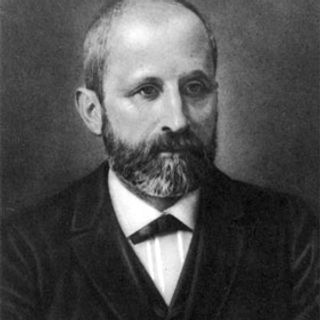
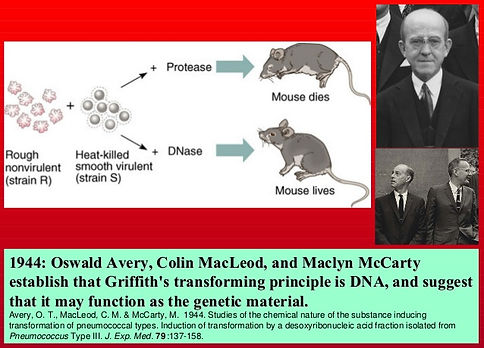



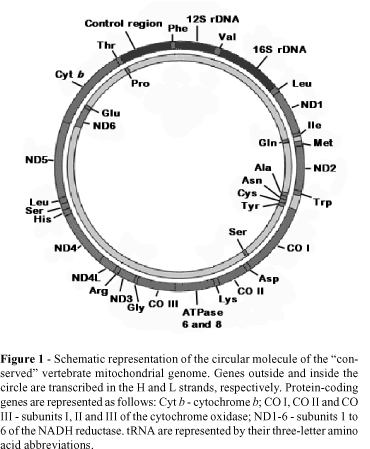
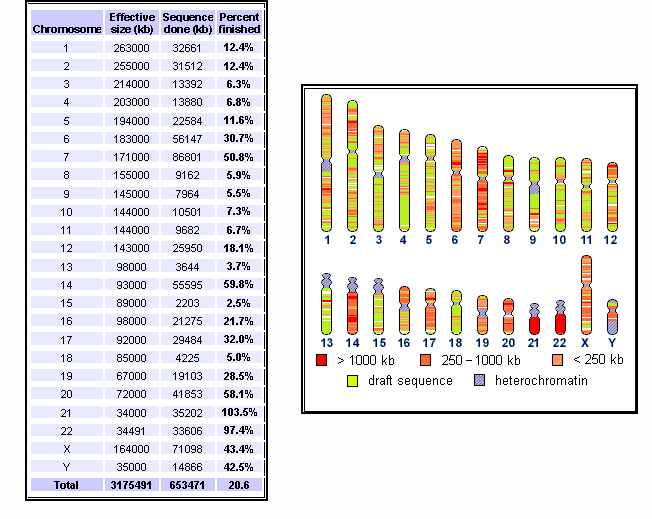


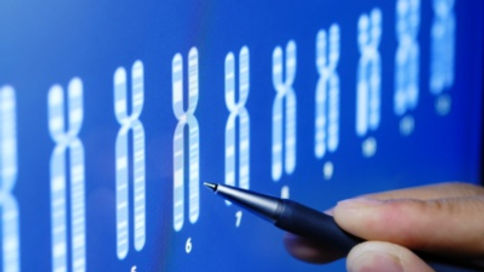
The first genetically modified animal is engineered by Jaenisch through introducing foreign DNA into mouse embryo. (3.5)
Cohen and Boyer placed antibiotic resistance genes into the plasmid of E. coli bacteria, thus developing the first genetically modified organism. (3.4)
(3a)
(3b)
(3c)
1973 - Stanley Cohen and Herbert Boyer
(3d)
(3h)
(3i)
(3k)